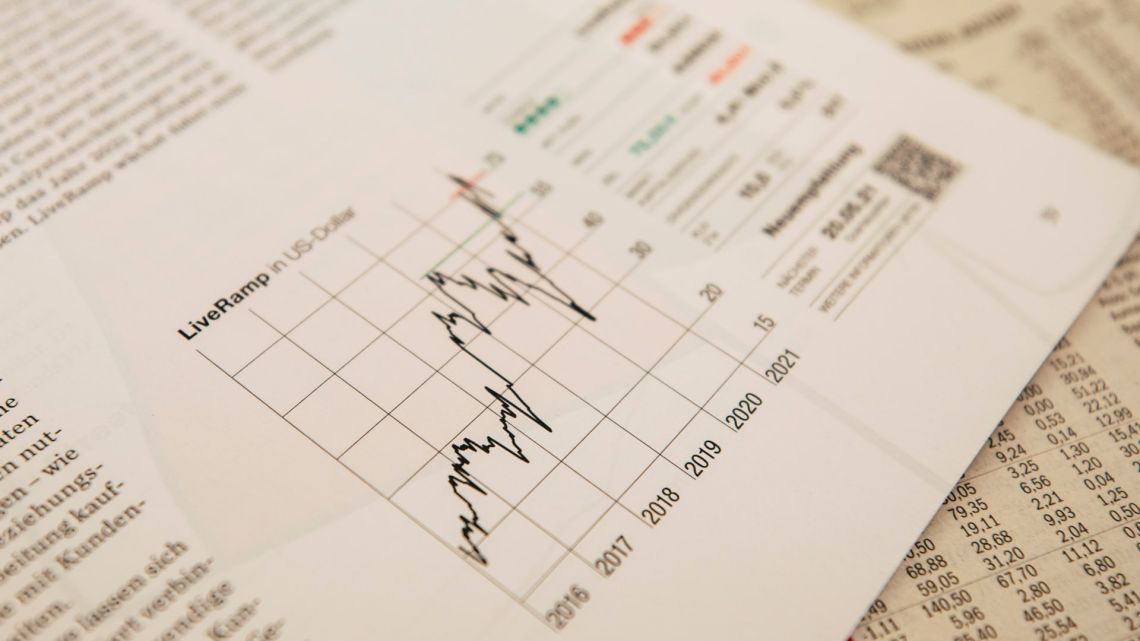
U.S.-listed shares of JD.com (ticker: JD) have been on the decline as Wall Street firms revise their revenue estimates for the e-commerce giant in light of the challenges faced by the Chinese economy.
Lowered Revenue Estimates
In a recent report, Citi analysts lowered their third- and fourth-quarter revenue estimates for JD.com, citing increasing competition, reduced consumer spending, and a restructuring adjustment. These factors are expected to hinder any significant rebound in growth. However, the analysts also noted that efforts to improve operational efficiency and optimize business processes will support profitability and margins.
While Citi maintained its Buy rating on JD.com, they did revise their price target from $64 to $43.
Mixed Outlook
Benchmark analysts also adjusted their revenue estimates for the second half of the year, in line with Citi's reasoning. However, they did identify potential positives for the company. Despite short-term growth being subdued, Benchmark highlighted JD.com's sizable cash balance and free cash, suggesting that they would not be surprised if the company ramped up its capital return efforts to shareholders. As a result, Benchmark maintained its Buy rating but lowered the price target from $73 to $67.
Other Wall Street firms also weighed in on JD.com's performance. Morgan Stanley downgraded the stock to Equal Weight from Overweight, Macquarie cut shares to Neutral from Outperform, and Jefferies decreased its price target from $97 to $80.
Market Reaction
JD.com's American depositary receipts fell 4.3% to $26.64 in premarket trading on Friday. So far this year, the stock has experienced a significant decline of 50%.
Broader Economic Challenges
JD.com's struggle is reflective of wider challenges faced by the Chinese economy. The most recent economic data from China indicates ongoing growth headwinds, although there are signs that the severity of these challenges may be easing. In September, China's consumer price index remained flat on an annual basis, falling short of expectations for 0.2% growth. Similarly, the producer price index, a measure of inflation, declined by 2.5%, worse than the anticipated 2.3% drop but better than August's slide of 3%.
In conclusion, although there are indications of progress, investors are eager to see further improvements.













Write Your Comment